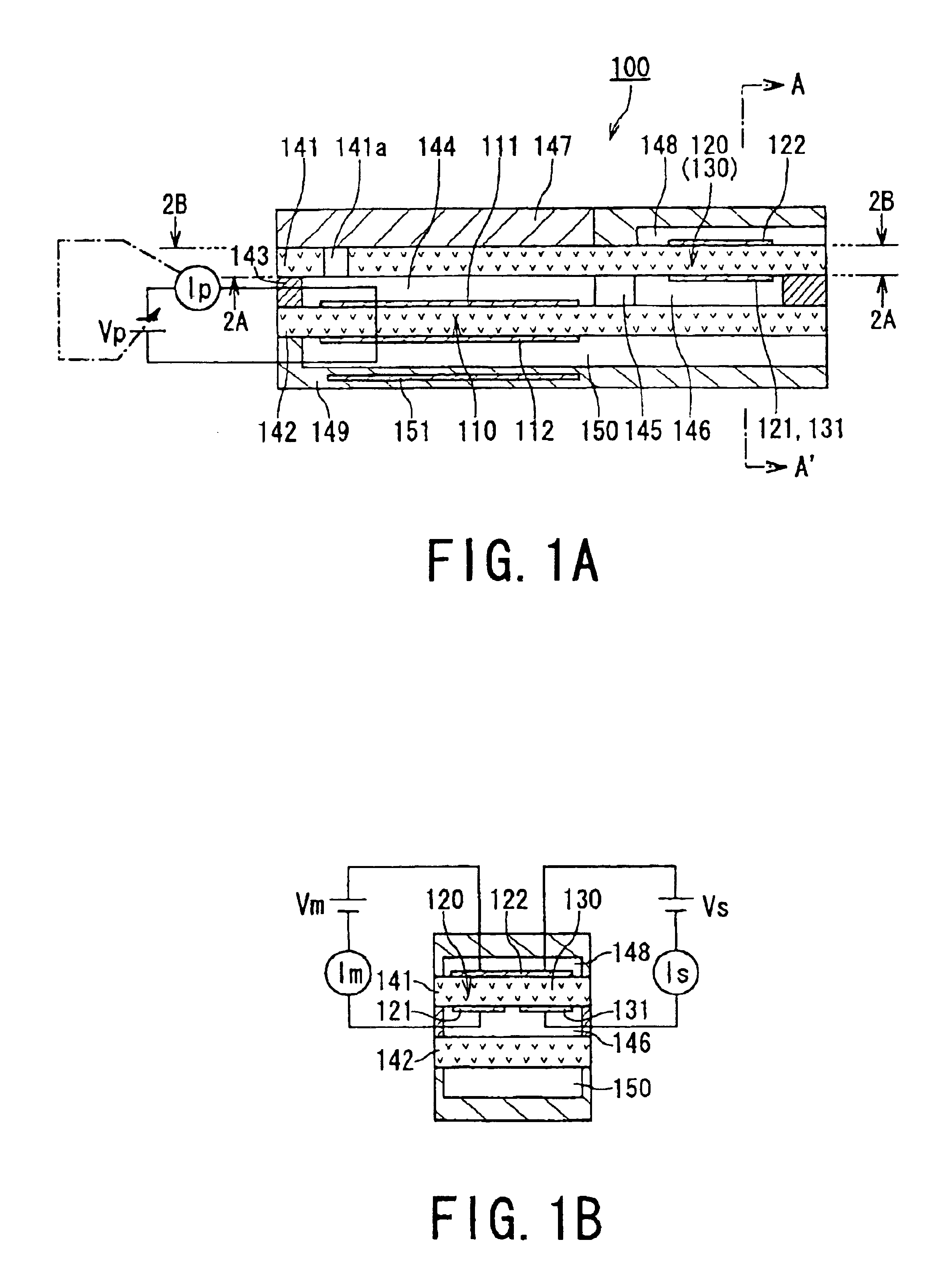Gas concentration detecting apparatus
a technology of gas concentration and detecting apparatus, which is applied in the direction of liquid/fluent solid measurement, electrochemical variables of materials, instruments, etc., can solve the problems of rough resolution of nox concentration and inability to meet the desired concentration detection accuracy, so as to enhance the precision of detecting gas concentration and reduce the differences among the sensing characteristics of sensors
- Summary
- Abstract
- Description
- Claims
- Application Information
AI Technical Summary
Benefits of technology
Problems solved by technology
Method used
Image
Examples
Embodiment Construction
[0038]An embodiment of the present invention will now be described in conjunction with the appended drawings.
[0039]An embodiment of the present invention will now be described in connection with the appended drawings. In this embodiment, a gas concentration detecting apparatus applied to for instance the automobile engine is provided. The apparatus employs a limiting current type of gas concentration sensor to detect not only an oxygen concentration of an exhaust gas serving as a gas to be detected but also a NOx concentration as a concentration of a particular gas component included in the exhaust gas.
[0040]First of all, with reference to FIGS. 1A and 1B, the configuration of a gas concentration sensor 100 will now be described. The gas concentration sensor 100 shown in FIGS. 1A and 1B is structured to have three cells consisting of “a pump cell” serving as “a first cell,”“a sensor cell” serving as a “second cell,” and “a monitor cell” serving as “a third cell,” which is therefore ...
PUM
| Property | Measurement | Unit |
|---|---|---|
| current | aaaaa | aaaaa |
| current | aaaaa | aaaaa |
| current | aaaaa | aaaaa |
Abstract
Description
Claims
Application Information
 Login to View More
Login to View More - R&D
- Intellectual Property
- Life Sciences
- Materials
- Tech Scout
- Unparalleled Data Quality
- Higher Quality Content
- 60% Fewer Hallucinations
Browse by: Latest US Patents, China's latest patents, Technical Efficacy Thesaurus, Application Domain, Technology Topic, Popular Technical Reports.
© 2025 PatSnap. All rights reserved.Legal|Privacy policy|Modern Slavery Act Transparency Statement|Sitemap|About US| Contact US: help@patsnap.com



